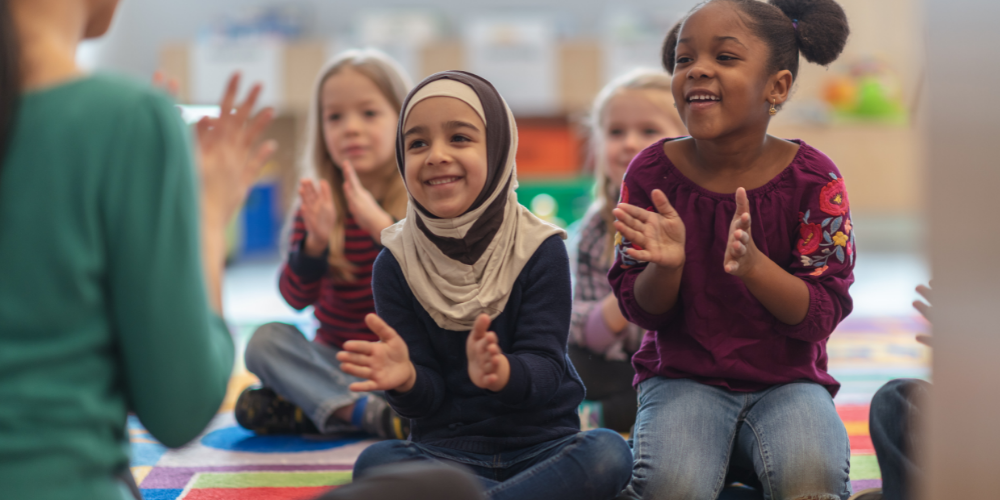Have you ever tried to play a game without understanding the rules? The people you are playing with might become frustrated and impatient with you because you keep making mistakes, and the game itself becomes a task, not something enjoyable to do with others.
Just like the rules and directions in a game, students must have clear understanding of the rules and routines of the classroom in order to succeed. As the leader of your classroom, you (and possibly students) must create purposeful classroom routines, show students how rules and routines work, and allow students to practice retaining those aspects of the classroom environment. It is a thoughtful teacher who pre-plans how they want to run their classroom environment, saving time, headaches, and frustration in the long run, not to mention reducing lost instructional time. The following suggestions can help you frame your classroom rules and routines ahead of time, so students know exactly what to expect each day.
1. To begin, choose one area to focus on within your classroom procedures and routines.
This implementation process can be used to consider transitions between classroom activities, packing up and dismissal procedures, cell phone procedures, restroom procedures, direction procedures, etc, anything that helps your classroom to function smoothly. Here’s an example of a time when routines can be very helpful.
Establish a routine beginning five minutes before the bell and ending when the bell rings, signaling the start of class.
2. What do you want to see?
Before planning out each step of the routine, visualize what it would look like for students to complete the tasks in the classroom. This can be of tremendous help to make sure the classroom is predictable, comfortable and safe for all students and adults. Here’s an example:
- Students should walk into the classroom, and immediately check the screen or board to receive important announcements or directions about the day.
- Next, students should pick up handouts and/ or textbooks as directed, pass forward last night’s homework to the top of their row.
- If a student has been absent, they should turn in all homework and read what happened in class from the classroom memory book.
- Everyone should be in their seat before the bell rings.
3. How will you make it happen?
Students need to be taught how to follow specific rules and routines to fulfill their responsibilities as a member of your classroom. Here’s an example of step-by-step introduction of routines:
- Students need to be taught specific procedures for when they enter the classroom, and before the bell rings.
- Through modeling, I’ll pretend I’m student, and physically demonstrate to students what they need to do when they enter the classroom.
- To practice as a class, ask a student volunteer to model what I showed them to do when they first enter the classroom. The student should model the correct procedure, along with the incorrect procedure. For example, when the bell rings, the student gets up to pick up handouts. Discuss as a class how they would correct the mistake(s).
- To hold students accountable, I’ll create a quiz by the end of the first week of school to check understanding about the procedures in your classroom from students entering the classroom to the bell.
4. How will this benefit your students or you?
Considering impact is one way to make sure the development of any routine is purposeful and intentional. Our brains need to make meaning to connect to the big picture. Asking why? grounds us to truly ensure our routines are well designed. Here’s an example response to this question:
Students will learn behavioral skills for the future when they enter society post-graduation, in addition to academics. They will learn to value punctuality, responsibility, and respect for their (and others’) time.
This routine will help me to have more instructional time, and to build responsibility for the classroom community with my students.
How you teach instructions for routines matters, too! Stand tall, shoulders relaxed and down, calm and slow voice, with direct eye contact between you and your students. Consider recording a video yourself or have a colleague watch you to get feedback for how you present.
Remember, no matter what the routine, your students need you to model and practice the routines daily until they become a habit. You’ll likely need refreshers occasionally, even after extended breaks from school. Students must feel safe before they truly can engage with learning, and they feel safer with routines to guide them in meeting expectations. Through this 4-step process, you can be sure to create that sense of security, so students can fully experience the joy of learning.







